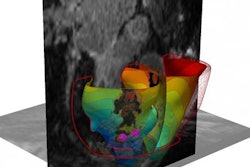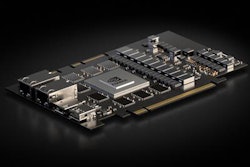Dear Advanced Visualization Insider,
Virtual reality (VR) is becoming increasingly more accessible in healthcare due to continual technological breakthroughs. Clinicians have been incorporating virtual reality into presurgical planning and simulation, resident training, and even medical image interpretation.
Researchers from Canada lay out the various ways radiologists can integrate VR techniques directly into the radiology workflow in our Insider Exclusive.
A separate group from the University of Pennsylvania health network has also been using virtual reality, but specifically for cancer patients awaiting radiation therapy. The researchers' virtual reality application is part of a larger mindfulness experience program aimed at reducing patient stress and anxiety.
Cinematic rendering, like virtual reality, has also shown promise in providing clinicians with a fresh take on medical imaging. Investigators from Switzerland found that radiologists and surgeons heavily favored reviewing ankle injuries on cinematically rendered CT scans instead of on conventional volume-rendered images. In addition, researchers from Johns Hopkins University showed how training artificial intelligence algorithms with cinematically rendered CT scans reduced the amount of imaging data the algorithms needed to perform endoscopy applications.
Another team from Johns Hopkins developed a 3D virtual heart simulator capable of identifying regions of cardiac tissue characterized by an irregular heartbeat. The group demonstrated how preoperative planning with the "virtual heart" could aid the management of various cardiac disorders.
Real-time 3D CT imaging may benefit tumor surgery as well: Clinicians and scientists from the University Health Network in Toronto devised a surgical navigation technique that combines conebeam CT and optical tracking with traditional video-based thoracoscopy to facilitate chest wall tumor resection.
3D-printed devices based on 3D models of CT scans may also be beneficial for surgical procedures. Physicians from India assessed the benefits of using 3D-printed knee jigs during total knee replacement for dozens of clinical cases and found that the technique offered several advantages over conventional and computer navigation-assisted techniques.
Stay up to date on the hottest news and innovative research in this ever-progressing field by heading over to our Advanced Visualization Community at AuntMinnie.com.



















